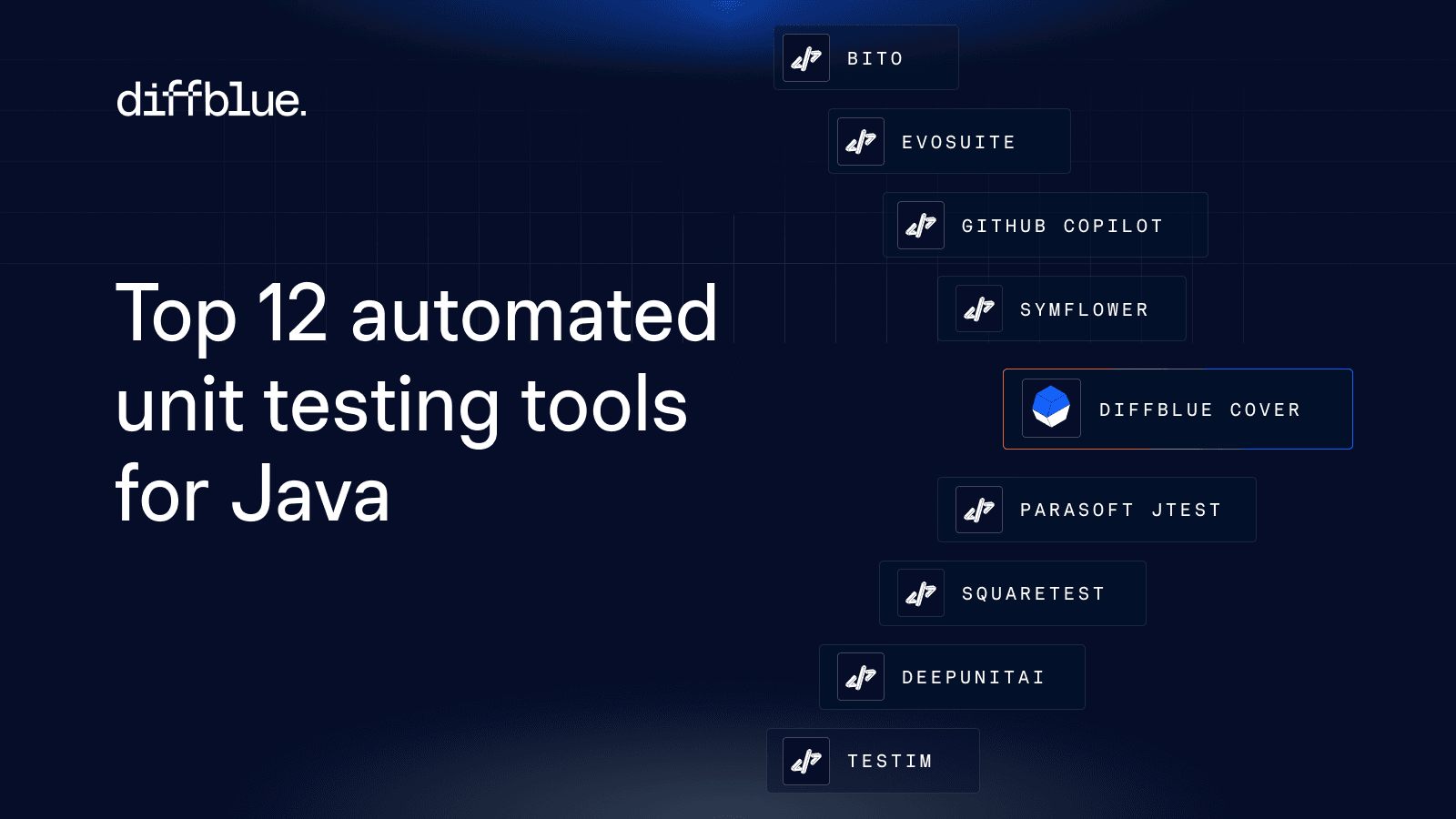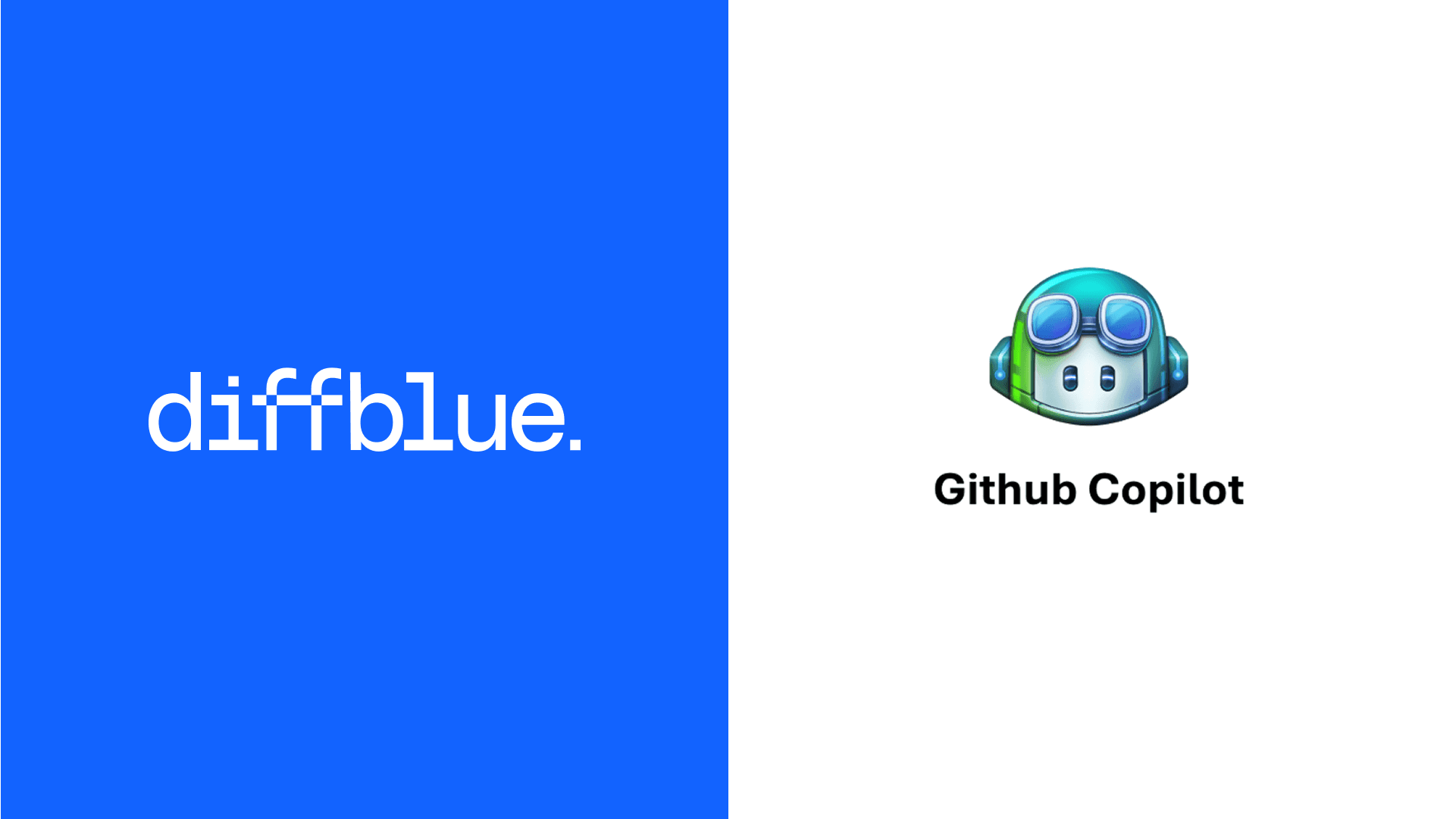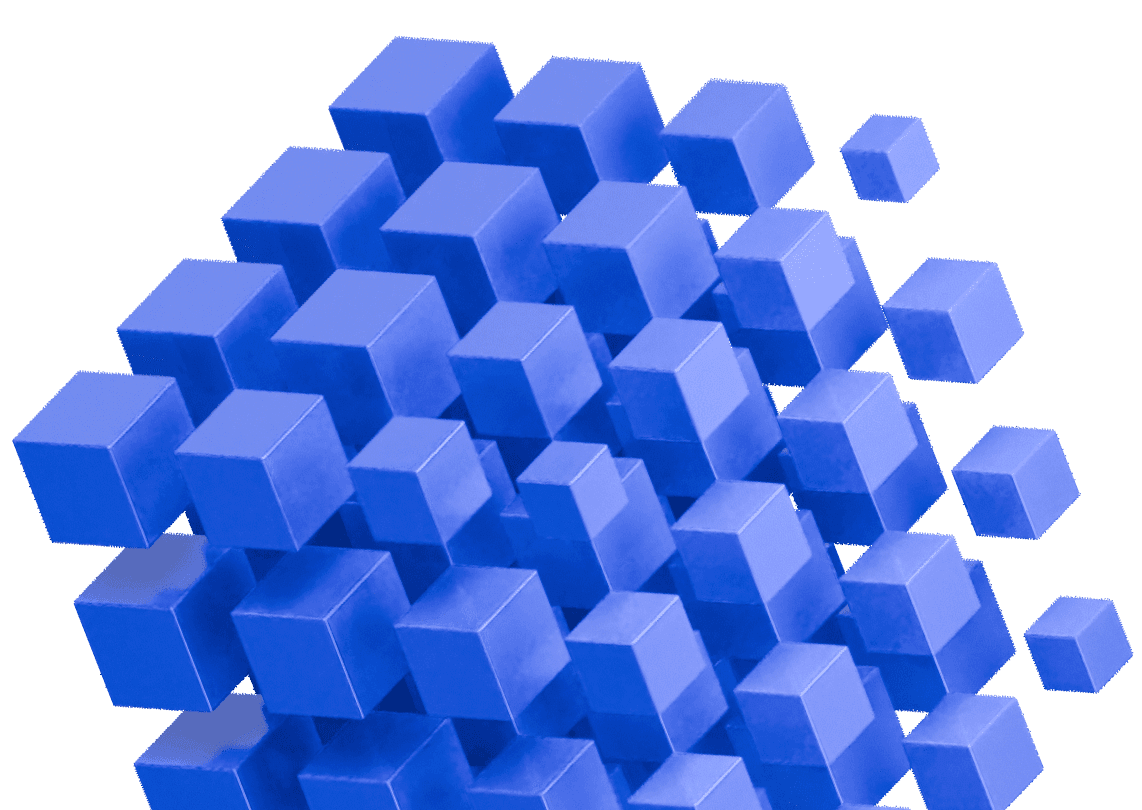As development speeds have increased exponentially, so has the complexity and size of modern codebases. According to Sourcegraph, 77% of developers have seen their codebases grow 5x over the past 3 years—but unit testing struggles to keep up, resulting in buggy code and poor code quality. Developers rarely have time to implement robust testing suites, and tests can vary in quality and coverage across the codebase.
Fortunately, AI-powered solutions can make unit testing more efficient. The landscape is broad: from AI-powered testing tools that automate specific parts of the testing process, to AI coding assistants that suggest test cases for highlighted code, to AI agents that autonomously write and maintain unit tests. The right tool can standardize your testing process and free developers to focus on more complex challenges—but not all AI solutions are equally effective.
In this guide, we’ll help you understand what to look for in a unit testing generation solution and examine the pros and cons of the most popular AI-powered Java testing tools.
What to look for in a unit testing generation solution
When evaluating tools for generating and automating Java unit tests, the right tool for your team depends on your specific needs, workflow, and codebase characteristics. Here are the key criteria to consider before making your choice:
Test completeness and coverage
What to look for: The ideal tool generates meaningful assertions that verify actual code behavior, not just code execution. It should handle common paths, edge cases, and mock external dependencies (like services and third-party libraries). Look for solutions that cover multiple types of code coverage (like statement, branch, and mutation) to ensure thorough testing.
Why it matters: The point of automation is speed and quality. A tool that creates incomplete or naive tests adds little value to your testing strategy. You need tests that actually verify your code functions correctly and adequately tests every branch across your codebase.
Customizability
What to look for: Effective test generators offer configuration options that align with your team’s coding standards and practices. They allow you to control test naming conventions and structure as well as provide options to customize which dependencies get mocked or stubbed. Advanced tools also support template customization so generated tests match your project’s specific style and patterns.
Why it matters: Developers must often tailor generated tests to project conventions and internal code standards. A rigid tool that doesn’t adapt to your team’s practices will create friction rather than eliminate it.
CI pipeline support
What to look for: The tool should run headlessly without requiring manual input, allowing for scripted execution in automated workflows. It should integrate easily with common CI systems, like Jenkins, GitHub Actions, GitLab CI, or CircleCI.
Why it matters: Creating unit tests should be part of your automated workflow, not a manual step. CI compatibility ensures tests are updated automatically and consistently, helping maintain coverage as your code evolves.
Framework support
What to look for: The tool should integrate well with your preferred testing framework, whether JUnit 5, TestNG, or Spock. It needs to support your chosen mocking library (Mockito, EasyMock, MockK) while working effectively with application frameworks like Spring or Java EE (that often have their own testing challenges).
Why it matters: Your tooling should fit into your existing test stack without requiring major rewrites or workarounds. The best test generator complements your current toolchain rather than forcing you to adapt.
Integration with IDEs and build tools
What to look for: Look for native plugins or tool windows for your team’s preferred integrated development environment (IDE), whether IntelliJ IDEA, Eclipse, or VS Code. The tool should also integrate with your build system (e.g., Maven or Gradle).
Why it matters: Integration enables continuous testing and is more likely to get developer adoption. Tools that require developers to switch contexts or learn new interfaces face greater resistance, reducing their effectiveness in practice.
Determinism
What to look for: A quality test generator should be stable and predictable. This means it should produce consistent results when running against the same code multiple times. If there is any randomness, it should be controlled through seeding or configuration options to ensure reproducibility.
Why it matters: Flaky, non-deterministic tests can break your builds, increase debugging time, and reduce trust in automated testing. You want a tool that produces stable, repeatable results to ensure reliability in CI/CD pipelines.
Ease of use
What to look for: The best tools provide intuitive interfaces with sensible defaults that deliver value without extensive configuration. They offer clear documentation, tutorials, and robust community support to help teams quickly overcome learning curves and technical hurdles.
Why it matters: Engineers are less likely to adopt powerful but difficult-to-use tools since they will disrupt their workflows. You don’t want developers to spend more time learning how to use the tool rather than using it to deliver value.
Licensing and cost
What to look for: Consider whether the tool’s licensing model (open source, freemium, or enterprise) aligns with your organization’s needs and budget. Pay attention to restrictions on commercial use, CI integration, and any limitations on users or test generation volume that might impact scalability.
Why it matters: Licensing determines who can use the tool, where it can be deployed, and how it scales with your team. The right pricing model should deliver ROI through improved code quality and developer productivity.
The top 12 tools for Java unit test generation
Now that we understand what makes a great test generation solution, let’s explore the leading tools available to Java developers in 2025.
1. Diffblue Cover
Diffblue Cover is an AI-powered platform that automatically writes unit tests for Java code. By combining reinforcement learning and code execution, it achieves exceptionally high test generation accuracy rates of 94%.
Ideal for: Teams seeking fast, reliable regression test creation and projects with business logic-heavy code that requires thorough testing.
Strengths:
- Generates complete, meaningful tests with assertions that verify actual behavior
- Can be used for local IDE testing (via the IntelliJ plugin) and efficient testing at scale in a CI pipeline (via integrations with GitHub Actions, GitLab, Jenkins, etc.)
- Actionable coverage, testability, and code quality insights for smarter testing
- Creates reliable tests that are 250x faster than manual test writing
- Delivers a 26x productivity boost compared to a developer using other coding assistants
- On-premise AI keeps code/IP in your controlled environment with no hallucinations or flaky tests
Limitations:
- Exclusive focus on Java makes it unsuitable for projects that span multiple languages
2. EvoSuite
EvoSuite is an open-source framework that employs evolutionary algorithms to generate JUnit test cases. It takes an iterative approach by optimizing test cases over several cycles to maximize code coverage across the codebase.
Ideal for: Research environments, legacy code bases needing test coverage, and high-risk modules where thorough testing is critical.
Strengths:
- High code and mutation coverage
- Generates diverse test data that thoroughly exercises all code paths
- Open-source availability keeps costs low
Limitations:
- Challenging to configure and fine-tune for optimal results
- Sometimes produces redundant tests that require cleanup
- More cumbersome to integrate with CI pipelines, compared to other alternatives
3. GitHub Copilot
GitHub Copilot is an AI-powered coding assistant that works inside the IDE. Developers can use it to suggest test code, generate boilerplate testing code, and understand key sections of code. It’s trained on public repositories, which means that it often lacks context on your codebase or business logic. This means that developers must review, verify, and typically modify its suggestions to ensure tests properly validate your application’s specific requirements.
Ideal for: Developers who want productivity boosts across various programming tasks, not just testing, and those comfortable with editing AI suggestions.
Strengths:
- Provides rapid code suggestions directly within popular IDEs, and its user experience feels natural to most developers
- Supports multiple languages beyond Java, which makes it versatile for teams working across different technology stacks
Limitations:
- Lacks test-specific structure and optimization
- Often produces buggy test code, requiring substantial manual fixes and verification
- Requires developer input to guide the AI coding assistant on which tasks to complete (rather than operating autonomously)
Download our Diffblue Cover vs. GitHub Copilot comparison report to see more detail on how the two tools compare.
4. Amazon CodeWhisperer
Amazon CodeWhisperer is an AI code generator for cloud-native application development and security-focused coding.
Ideal for: Developers building cloud applications who want inline coding and security advice integrated with their test generation process.
Strengths:
- Offers strong security-focused recommendations, flagging potential vulnerabilities while generating test code that follows best practices
- Integrates with AWS services, making it particularly valuable for teams building cloud applications and microservices that need comprehensive test coverage
Limitations:
- Not specifically tailored to unit testing workflows, so developers must carefully review to ensure the generated tests are correct
- Robust for AWS environments, but less impressive for traditional monolithic Java applications or highly specialized domains
5. Symflower
Symflower automatically generates unit tests for Java, Go, and other languages based on sophisticated static code analysis.
Ideal for: Teams wanting lightweight, fast unit test creation for business logic-heavy codebases where test readability and maintainability are priorities.
Strengths:
- Provides fast unit test scaffolding with intelligent assertion generation that captures expected behavior without manual intervention
- Integrates with popular IDEs, making it a natural extension of the typical workflow
Limitations:
- The evolving feature set sometimes requires manual tuning for complex scenarios
- Its approach to certain edge cases may be less comprehensive than specialized solutions focused solely on test generation
6. Parasoft JTest
Parasoft JTest is a commercial, enterprise-grade Java testing platform that combines automated unit test creation with static analysis and comprehensive coverage tracking. It offers a complete testing ecosystem rather than just a point solution.
Ideal for: Large enterprises focused on code quality, compliance, and rigorous testing standards where comprehensive documentation and traceability are essential.
Strengths:
- Performs deep static analysis and produces comprehensive tests
- Integrates with enterprise workflows and compliance frameworks, making it particularly valuable for regulated industries with strict requirements
Limitations:
- Significant licensing cost
- Has a steep learning curve that may feel intimidating for smaller teams or projects
- Can feel heavy compared to more agile, lightweight solutions
7. Squaretest
Squaretest is a plugin for IntelliJ IDEA that automatically generates unit tests for Java classes.
Ideal for: Developers already using IntelliJ who want to save time on test setup and boilerplate while maintaining control over test assertions and logic.
Strengths:
- Generates boilerplate test code with appropriate mocks and setup
- Intuitive interface within IntelliJ encourages frequent test writing as part of the regular development process
Limitations:
- Doesn’t generate complete assertions or test logic, so developers still need to put in significant manual work to complete meaningful tests
- Tight coupling with IntelliJ IDEA makes it unsuitable for teams using different IDEs or wanting a solution that works across multiple environments
8. DeepUnitAI
DeepUnitAI is an emerging AI-driven tool that learns from your Java project and automatically generates intelligent, behavior-focused unit tests. It analyzes existing code patterns to create contextually appropriate tests.
Ideal for: Innovators and early adopters seeking smarter, AI-driven testing beyond simple code coverage, especially those willing to invest time in a solution that improves as it learns your code patterns.
Strengths:
- Uses project-specific context to suggest more meaningful, semantically aware test cases that reflect actual usage patterns in your codebase
- Learns from existing tests and generates increasingly relevant test scenarios
Limitations:
- Newer entrant to the market
- Limited enterprise adoption and documentation, compared to more established solutions
9. Testim
Testim is an AI-powered platform focused on UI and functional test automation. It’s slowly supporting unit-level tests to bridge the gap between traditional unit testing and end-to-end verification.
Ideal for: Teams seeking automated functional/UI testing with some support for deeper application testing.
Strengths:
- Leverages AI for adaptive test maintenance, automatically adjusting tests when code changes to reduce maintenance overhead
- Its strong visual editor makes test creation accessible to team members beyond just developers
Limitations:
- Primarily geared toward UI and functional tests rather than pure Java unit tests
- Less specialized for dedicated unit test generation
10. Bito
Bito is a lightweight AI assistant that integrates developer tools to suggest code snippets, unit tests, and documentation. It reduces cognitive load during development rather than comprehensively automating unit test generation.
Ideal for: Developers wanting quick AI-driven boosts for writing tests, documentation, or utilities without deep platform investment or lengthy configuration.
Strengths:
- Known for being fast and simple
- Works inside popular editors like VS Code and IntelliJ IDEA without disrupting developer flow
Limitations:
- General-purpose suggestions rather than testing-specific
- Doesn’t have the deep static or dynamic code analysis needed for comprehensive test generation
- Functions more as an intelligent autocomplete than a dedicated test framework
11. Qodo
Qodo is an AI unit test assistant that analyzes functions and classes to suggest full unit test suites and validation scenarios.
Ideal for: Developers who want guidance and control versus automatically generating unit tests.
Strengths:
- Generates test-aware suggestions focused on validating function behavior and edge cases
- Emphasizes meaningful assertions that verify actual functionality rather than merely executing code paths
Limitations:
- Limited IDE integrations, compared to larger competitors
- Its evolving feature set sometimes struggles with highly complex codebases or unusual architectural patterns that don’t match common training examples
12. AgitarOne
AgitarOne provides automated test generation and runtime insights for Java applications. It focuses on enterprise-grade quality assurance with comprehensive metrics and reporting.
Ideal for: Large organizations that need end-to-end static and dynamic analysis, comprehensive reporting, and compliance features. It’s particularly suitable for those already invested in Eclipse-based development environments.
Strengths:
- Delivers enterprise-level integration with development processes and quality gates
- Produces detailed metrics that help teams understand test effectiveness and code quality
Limitations:
- Has a steep learning curve
- Primarily focuses on Eclipse-based IDE integration
- Its significant cost and enterprise focus make it less accessible for smaller teams or individual developers
Finding your ideal AI-powered unit testing solution
As automated and AI-driven unit testing continues to evolve, these tools will help free developers from repetitive test creation so they can focus on higher-value work. The most successful teams will likely adopt a blend of approaches, using automated generation for coverage and regression testing while maintaining manual oversight for critical business logic and edge cases.
Whether you're struggling with test coverage gaps or simply want to free your development team to focus on tasks other than testing, Diffblue Cover can improve the efficiency of your unit testing process.








